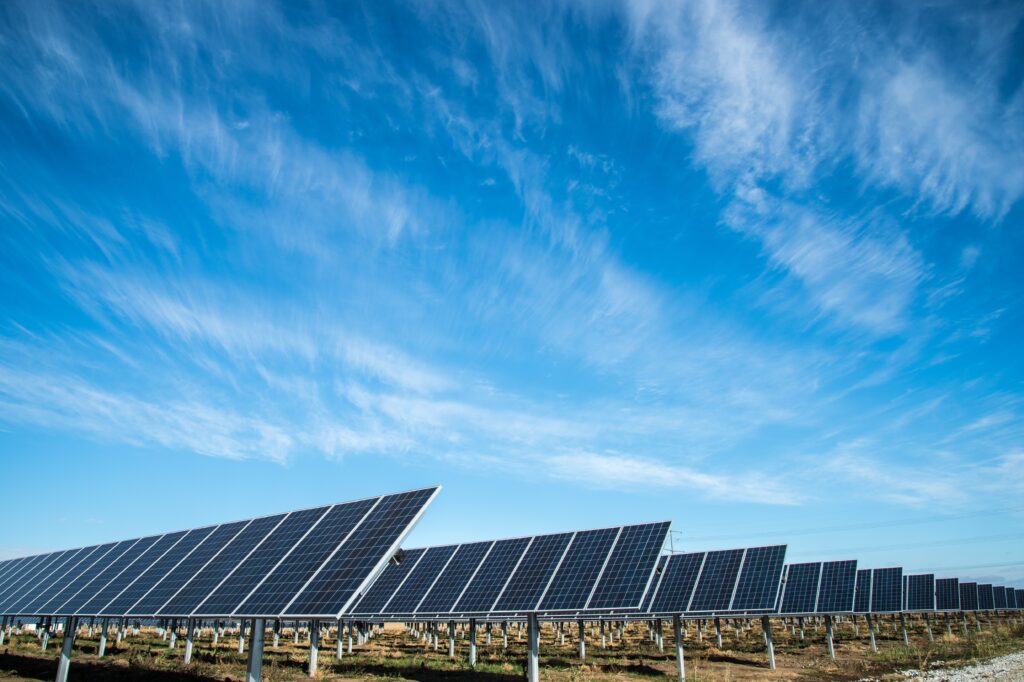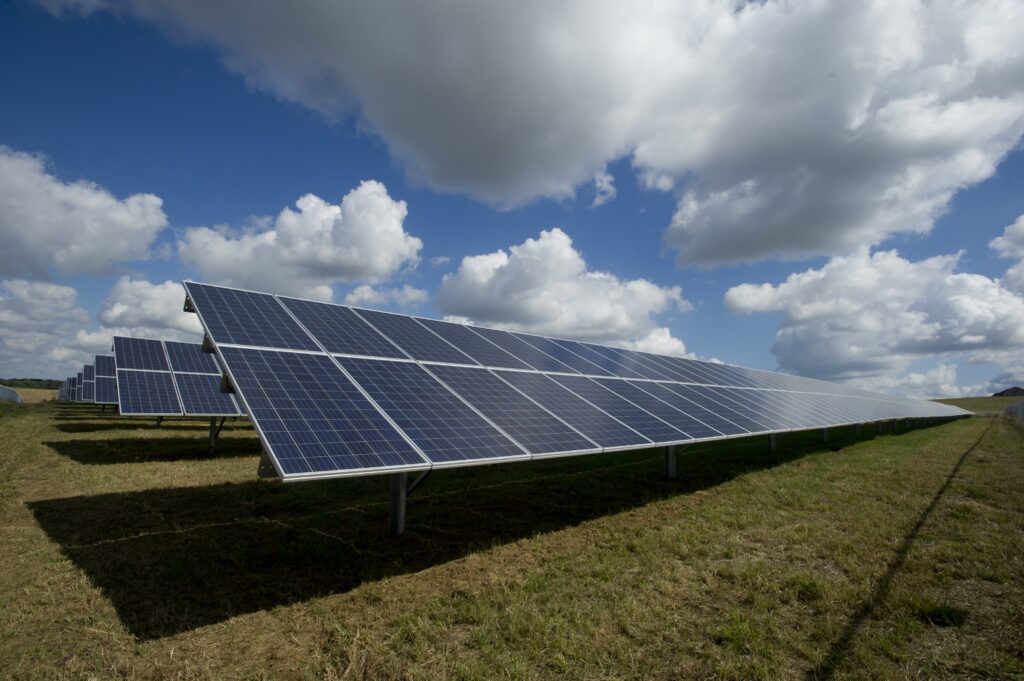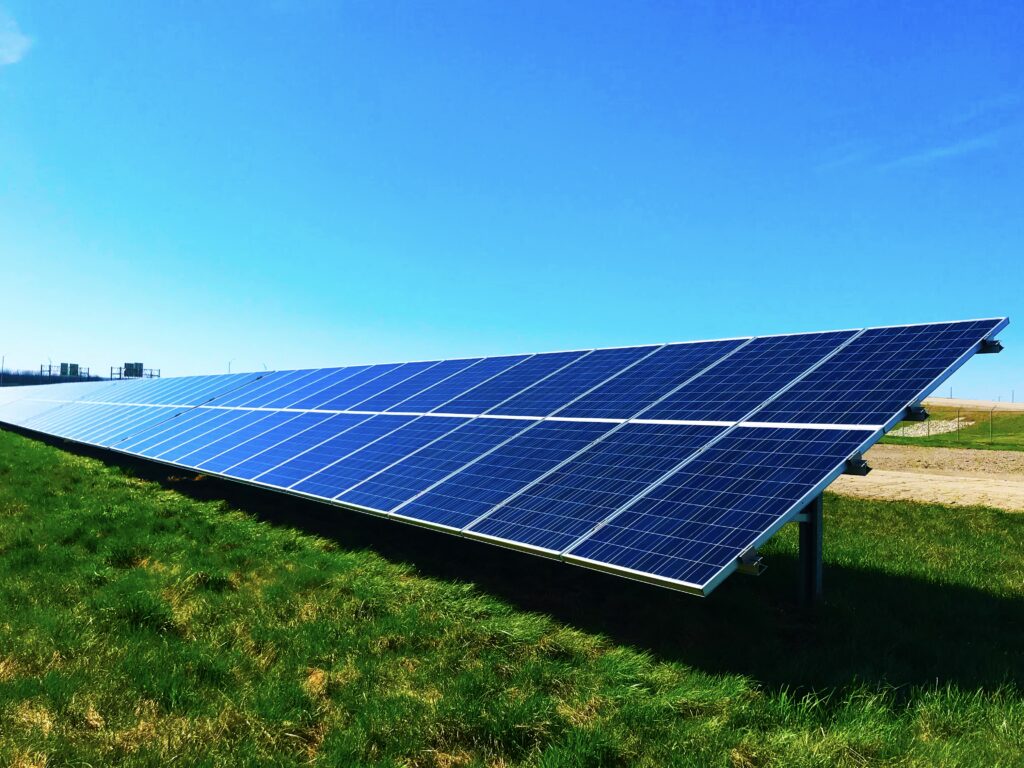Have you ever wondered if solar generators work at night? It’s a common question that comes to mind when thinking about harnessing the power of the sun. In this article, we will explore the concept of solar generators and shed some light on whether they can truly provide electricity during those dark hours. So, let’s get straight to it and uncover the truth behind solar power and its ability to keep you powered up even when the sun goes down.

Understanding Solar Generators
What is a solar generator?
A solar generator is a device that converts sunlight into usable electricity through a process known as photovoltaic (PV) conversion. Unlike traditional generators, solar generators do not require fuel or produce harmful emissions, making them a clean and sustainable energy solution.
Components of a solar generator
Solar generators consist of several key components, including solar panels, an inverter, a charge controller, and a battery bank. The solar panels capture sunlight and convert it into direct current (DC) electricity. The inverter then converts the DC electricity into alternating current (AC), which is the type of electricity used to power most household appliances. The charge controller regulates the flow of electricity from the solar panels to the battery bank, ensuring optimal charging and preventing overcharging. The battery bank stores the excess electricity generated by the solar panels for later use, particularly during times when sunlight is unavailable.
How does a solar generator work?
Solar generators harness the power of sunlight through the process of photovoltaic conversion. When sunlight hits the solar panels, it excites the electrons within the cells, causing them to move and generate an electrical current. This electrical current is then converted from DC to AC electricity through the inverter, making it suitable for powering a wide range of devices and appliances. The energy generated by the solar panels can either be used directly or stored in the battery bank for use during periods when sunlight is not available.
The Mechanism of Solar Power Generation
Conversion of sunlight to electricity
Solar power generation starts with the conversion of sunlight into electricity. Sunlight consists of tiny packets of energy called photons. When photons hit the solar panels, they transfer their energy to the electrons in the solar cells. This energy excites the electrons, allowing them to move and create an electric current. The greater the intensity of sunlight, the more electrical energy is generated.
Role of the solar panels
Solar panels are the heart of a solar generator. They are made up of multiple solar cells, which are typically made from silicon-based semiconductors. These solar cells are responsible for converting sunlight into electricity through the photovoltaic effect. The larger the surface area of the solar panels and the greater their efficiency, the more electricity can be generated.
Process of energy storage in a solar generator
Energy storage is a crucial aspect of solar generator functionality, especially during periods when sunlight is unavailable. The excess electricity generated by the solar panels is stored in a battery bank. The battery bank acts as an energy reservoir, allowing for the use of solar power even when the sun is not shining. When electrical devices or appliances are in use, the stored energy is drawn from the battery bank to power them.
Functionality of Solar Generators at Night
How solar generators behave when the sun goes down
Solar generators rely on sunlight to generate electricity. As the sun goes down and sunlight diminishes, the output of solar generators decreases. Without direct access to sunlight, the solar panels cannot generate sufficient electricity to power devices and appliances.
Do solar generators work at night?
While solar generators cannot generate electricity at night, they can still provide power through the stored energy in the battery bank. Energy stored during daylight hours can be used to power devices and appliances once the sun sets, allowing individuals to continue using solar-generated electricity even during nighttime.
The role of energy storage
The ability to store excess energy for use at night is a key feature of solar generators. By storing energy in a battery bank, solar generators can provide a reliable power source during times when the sun is not shining. The capacity of the battery bank determines the amount of energy that can be stored, with larger battery banks allowing for more extensive nighttime usage.
Energy Storage in Solar Generators
How energy storage works
energy storage in solar generators involves the use of batteries to store excess electricity produced during daylight hours. The charge controller is responsible for regulating the flow of electricity from the solar panels to the battery bank, ensuring efficient charging and preventing overcharging. The stored energy can then be drawn upon to power devices and appliances when sunlight is unavailable.
Different types of energy storage systems for solar generators
There are various types of batteries used for energy storage in solar generators. Common options include lead-acid batteries, lithium-ion batteries, and saltwater batteries. Each type has its own advantages and disadvantages in terms of cost, capacity, lifespan, and performance.
Lead-acid batteries are the most commonly used type of battery for solar energy storage. They are relatively affordable and have a long track record in renewable energy applications. However, lead-acid batteries require regular maintenance and have a limited lifespan.
Lithium-ion batteries offer a higher capacity, longer lifespan, and better overall performance compared to lead-acid batteries. They are lighter, require less maintenance, and have a higher depth of discharge. However, they are more expensive initially.
Saltwater batteries are a newer and promising option for energy storage in solar generators. They are environmentally friendly, have a long lifespan, and offer a high depth of discharge. However, their capacity is currently limited compared to other battery types.
Capacity and limitations of energy storage systems
The capacity of an energy storage system refers to the amount of energy that can be stored in the battery bank. It is typically measured in kilowatt-hours (kWh). The capacity of an energy storage system determines the amount of electricity that can be used during periods of low or no sunlight.
However, it is important to note that energy storage systems have limitations. If the energy consumption exceeds the capacity of the battery bank, the solar generator may not be able to provide sufficient power. This is why it is crucial to assess energy needs and carefully choose the capacity of the battery bank to meet those needs.

Factors Affecting Solar Generator’s Night Operation
Requirement of sunlight
The amount of sunlight available directly affects the solar generator’s ability to generate and store electricity. Areas with more sunlight, such as those closer to the equator, will generally have increased solar power generation potential. On the other hand, regions with frequent cloud cover or extended periods of darkness may experience reduced solar power generation, impacting the nighttime operation of solar generators.
Storage capacity of the batteries
The storage capacity of the battery bank is a critical factor in determining the nighttime operation of solar generators. A larger battery bank can store more energy, allowing for prolonged usage during periods of low or no sunlight. Conversely, a smaller battery bank may limit the amount of power available at night.
Energy consumption of the devices being powered
The energy consumption of the devices and appliances being powered by the solar generator also plays a role in nighttime operation. Energy-intensive devices may deplete the stored energy more quickly, reducing the overall duration of nighttime usage. It is important to consider energy-efficient appliances and minimize energy consumption to maximize the benefits of solar generators at night.
Overcoming the Night-time Challenge
Connecting to the power grid through Net Metering
One way to overcome the challenge of nighttime operation is by connecting the solar generator to the power grid through a process called net metering. Net metering allows excess solar-generated electricity to be transferred back to the grid, effectively offsetting energy consumption during nighttime hours. By utilizing net metering, solar generator owners can still benefit from solar power even at night.
Use of hybrid solar generators
Hybrid solar generators combine solar power with other forms of renewable energy, such as wind or hydro power. By incorporating multiple energy sources, hybrid solar generators can continue to generate electricity even when sunlight is unavailable. This enhances the nighttime operation capabilities of solar generators and increases the overall reliability of the system.
Backup power options
In situations where solar power is insufficient during nighttime hours, backup power options can be utilized. This may involve using traditional generators powered by fossil fuels, such as gasoline or diesel, or utilizing battery backup solutions. While backup power options may not be as sustainable or environmentally friendly as solar power, they provide a reliable source of energy during times of limited solar generation.

Pros and Cons of Solar Generator Use at Night
Advantages of using a solar generator at night
Utilizing solar generators at night offers several advantages. First and foremost, it allows for the use of clean, renewable energy even when the sun is not shining. Solar generators provide a sustainable alternative to traditional generators and reduce reliance on fossil fuels. Additionally, the long-term cost savings of solar power can be significant, as users can offset or eliminate their reliance on grid electricity.
Disadvantages or limitations of using a solar generator at night
Despite their many benefits, solar generators do have some limitations when it comes to nighttime usage. The amount of electricity stored in the battery bank limits the duration of usage at night. If energy needs exceed the stored capacity, additional power sources may be required. Moreover, factors like weather conditions and the angle of the solar panels can affect the overall efficiency of solar power generation, impacting nighttime usage.
Alternative Energy Solutions for Night-time Use
Conventional generator as a backup
One alternative solution for nighttime energy needs is to use a conventional fuel-powered generator as a backup. While this may not be as sustainable or clean as solar power, it provides a reliable source of electricity during times when solar generation is insufficient. Conventional generators can be fueled by gasoline, diesel, natural gas, or propane, offering flexibility in terms of fuel availability.
Using wind energy
Wind energy is another alternative energy source for nighttime use. Wind turbines can be used in conjunction with solar generators to harness wind power and generate electricity. By combining solar and wind energy, individuals can create a more robust renewable energy system capable of meeting nighttime energy needs.
Utilizing hybrid power solutions
Hybrid power solutions, as mentioned earlier, combine multiple renewable energy sources to provide continuous power. By integrating solar, wind, hydro, or even geothermal energy, hybrid power systems can overcome the limitations of individual energy sources and ensure reliable electricity generation both day and night.
Future Developments in Solar Generator Technology
Improvements in battery technology
Advancements in battery technology are expected to play a significant role in the future of solar generators. Research and development efforts focus on improving battery capacity, efficiency, lifespan, and cost-effectiveness. Innovative battery technologies, such as solid-state batteries or flow batteries, may revolutionize energy storage in solar generators and address limitations associated with current battery options.
Advances in solar panel efficiency
Solar panel efficiency is another area of ongoing research and development. Scientists and engineers are continuously working to improve the conversion efficiency of solar cells, allowing for greater electricity generation from the same amount of sunlight. Increased solar panel efficiency would enhance the overall performance and effectiveness of solar generators.
Innovative power solutions
The future of solar generator technology is likely to bring about innovative power solutions that further optimize energy generation, storage, and utilization. This may include smart grid integration, advanced energy management systems, and the integration of emerging technologies such as artificial intelligence and machine learning. These advancements have the potential to revolutionize the way solar generators operate and pave the way for more efficient and sustainable energy solutions.
Concluding Thoughts on Nighttime Use of Solar Generators
The current state of night usage
Solar generators provide an environmentally friendly and sustainable energy solution. While they do not generate electricity at night, they can still be used by tapping into the stored energy in the battery bank. The current state of night usage relies on the capacity of the battery bank and the energy consumption of devices being powered.
Factors to consider when relying on solar power at night
Several factors should be considered to optimize nighttime usage of solar generators. These include the availability of sunlight, the capacity and type of battery storage, and the energy consumption of devices and appliances. Additionally, considering alternative energy solutions and backup power options can enhance the reliability of solar generators during nighttime hours.
Potential future developments in nighttime solar power generation
The future of nighttime solar power generation holds great promise. Continued advancements in battery technology and solar panel efficiency are likely to address current limitations and improve the overall functionality of solar generators. Innovative power solutions and emerging technologies will further enhance the capabilities of solar generators, allowing for a more reliable and efficient harnessing of solar energy at night.




